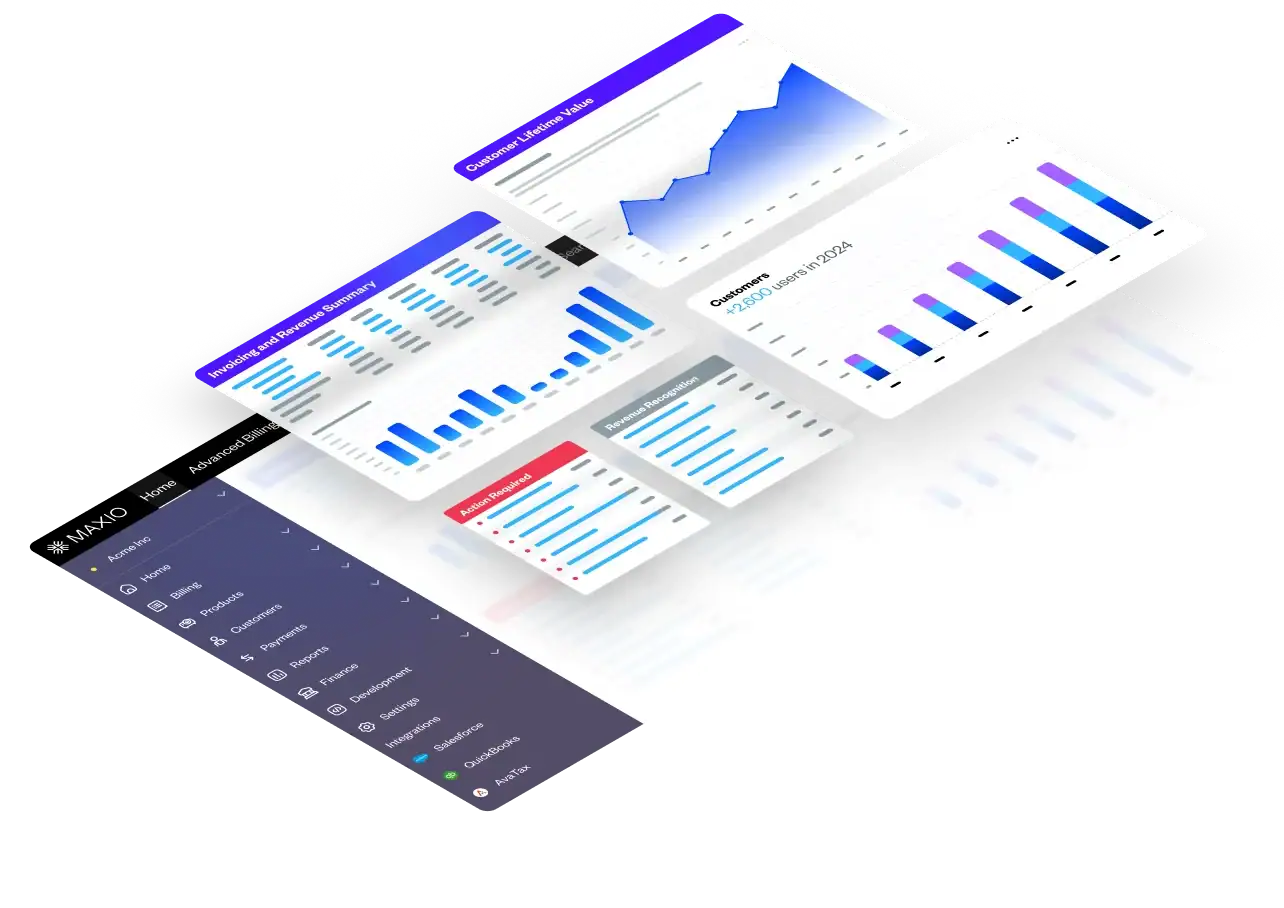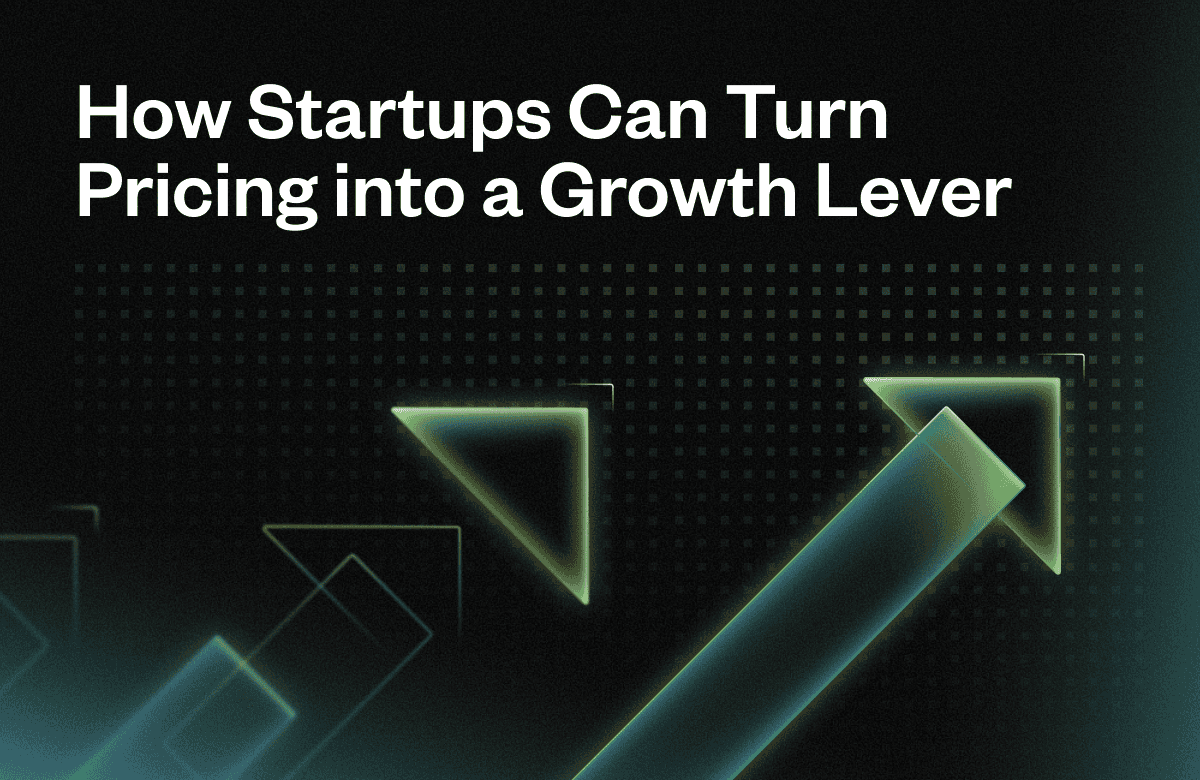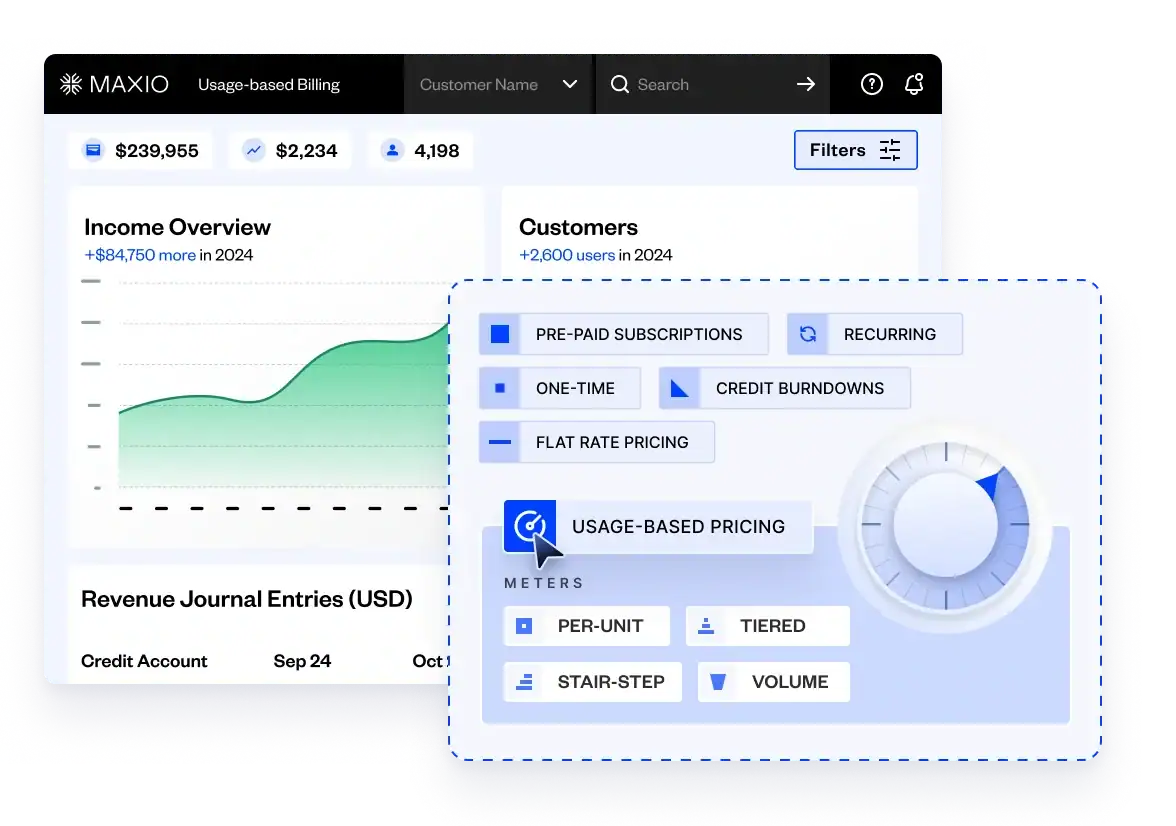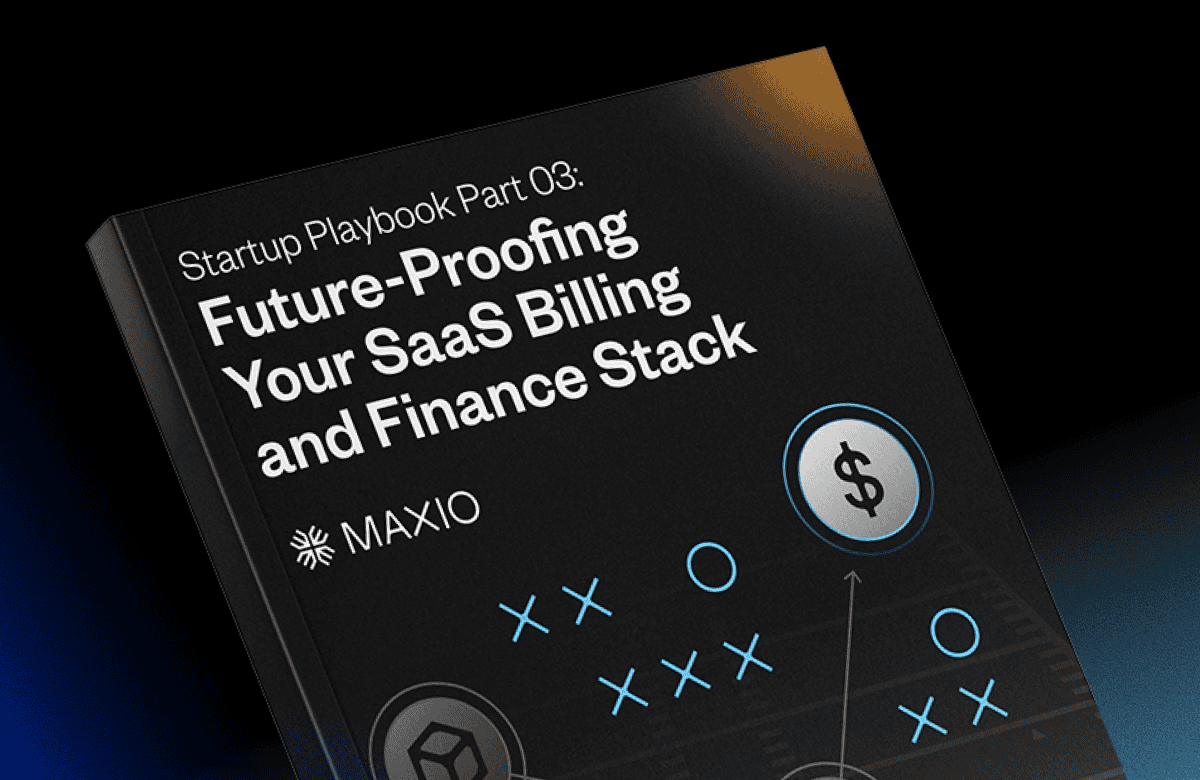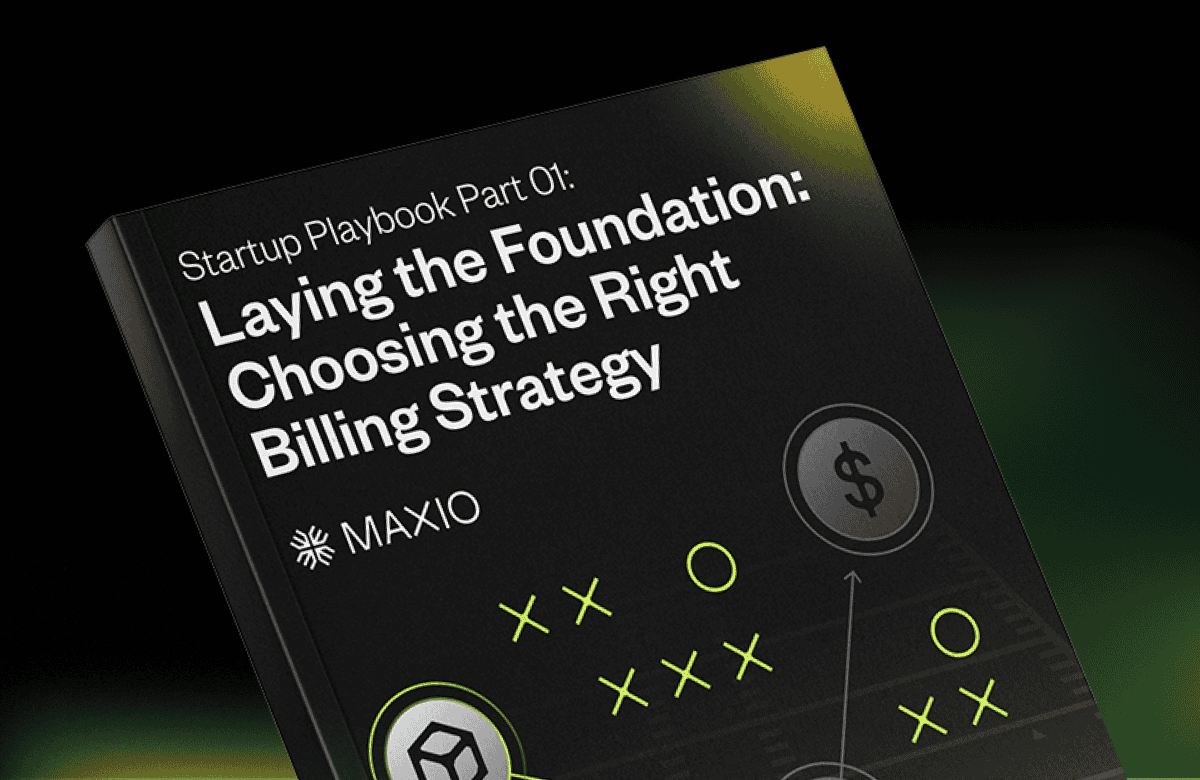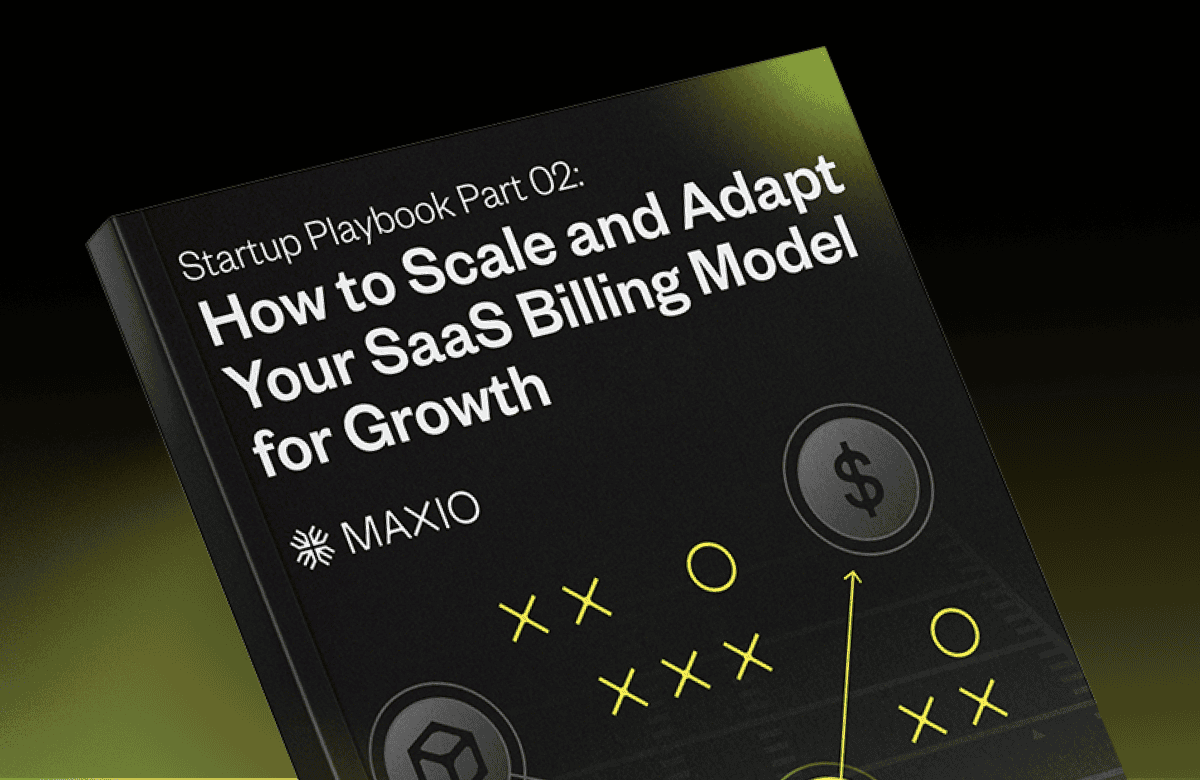Why Understanding Customer Value is the Cornerstone of a Sustainable Startup Pricing Strategy
Your product is gaining traction, and users seem to love it—a fantastic position to be in! Now, how can you make sure your pricing strategy fully captures that value and attracts ideal long-term customers?
For early-stage startups, where leaders wear many hats and priorities are stacked high, it’s natural to lean on common pricing approaches to get to market quickly. But one pricing method doesn’t fit all. Viewing pricing as an evolving pillar is essential for scaling, and that strategy is only as strong as the financial infrastructure that supports it. A sophisticated understanding of customer value perception is a huge factor in pricing success—it enables you to move beyond initial tactics and unlock greater revenue potential and stronger customer retention.
Understanding Common Early-Stage Pricing Approaches
Many early-stage startups arrive at their first pricing model through a combination of speed, intuition, and borrowed ideas. It’s a necessary phase—getting something out the door is often more important than getting it perfect. But as your product and customer base mature, your pricing strategy needs to mature with it.
Below are three common early pricing methods, why they tend to work at first, and why you shouldn’t stop there.
Following the Market, Missing the Mark
Basing your prices on what competitors charge is a common starting point. It gives you a frame of reference and helps you avoid extreme missteps early on. But over time, this approach can limit your growth. Your competitors aren’t targeting your exact customers, and their pricing structure may not reflect the unique value your product delivers. Worse, if your billing system isn’t built to support change, evolving your model later becomes much harder—just when you need flexibility the most.
Covering Costs, Undervaluing Potential
Cost-plus pricing—adding a margin on top of your expenses—makes sense for keeping the lights on. It ensures every sale is profitable, at least on paper. But SaaS value isn’t always tied to cost. If your platform saves teams hours or helps customers grow revenue, you’re likely delivering far more value than your costs reflect. Without full visibility into your cost structure and usage data, it’s easy to settle for margins that undersell your impact.
Trusting Instinct, Lacking Iteration
Many founders start with pricing rooted in instinct. You’ve talked to customers, seen what resonates, and made a call. That intuition is incredibly valuable early on—but to scale, it has to be validated and refined. Pricing can’t stay static. Without the ability to test new models, iterate on tiers, or adapt to customer feedback, your instincts can only take you so far. A rigid billing setup can make it feel risky or impossible to experiment, leaving growth on the table.
Elevate Your Strategy and Align Pricing with True Customer Value
The importance of aligning your pricing with how customers perceive your value can’t be overstated. This alignment is necessary for long-term growth—it allows you to phase out initial pricing tactics and build a resilient revenue model that reduces churn and supports go-to-market strategies like Product-Led Growth (PLG).
The first step is understanding a customer’s true willingness to pay. Strategic pricing means aligning your pricing model, tiers, and value metrics with what your target segments care about most—and are willing to invest in. This isn’t a one-time decision; it’s an ongoing process of discovery, validation, and iteration.
Deep customer value understanding is important from the start because early validation helps focus company resources, improves retention, and builds a strong revenue foundation for future scaling.
The Impact of Strategic Value Alignment
Impact on Churn
When pricing reflects the value customers actually experience, they’re more likely to stick around. A model that evolves with your product and customers can help reduce attrition and improve lifetime value.
Impact on PLG
Product-led growth hinges on transparent pricing, clearly defined tiers, and value metrics that align with user behavior. Operationalizing this requires a billing system that can support everything from freemium to complex, usage-based models—without engineering bottlenecks.
Impact on Attracting Customers
A pricing strategy grounded in customer value is a magnet for your Ideal Customer Profile (ICP). These are the users who see immediate ROI, are more likely to convert, and are more inclined to grow with you over time.
A strategic pricing model involves more than simple recurring charges. It might include usage-based components, feature-driven tiers, or hybrid approaches. Implementing this requires a central billing infrastructure like Maxio, which acts as the engine to operationalize your pricing strategy—unlike simpler payment processors that only handle transactions.
The Path to Sustainable Pricing through Value Discovery
While common pricing approaches serve as understandable starting points, the real advantage comes from choosing a pricing model rooted in customer value perception. A commitment to continuously understanding customer value and willingness-to-pay is a powerful strategy for early-stage success, influencing churn, revenue, and the effectiveness of GTM strategies like PLG.
Building a successful startup is about creating and capturing value. By shifting your pricing focus from internal metrics or competitor actions to genuine customer understanding, you unlock the door to sustained growth. Strategic evolutions like that are made possible by financial operations platforms like Maxio—built to handle the complexities of B2B SaaS billing in their entirety from day one.
Your pricing should grow with your product. Discover how Maxio helps founders turn value into revenue with flexible billing that scales. Get a demo.
